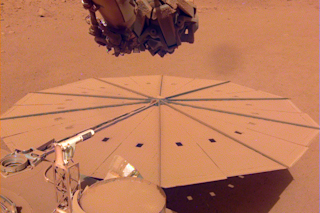Phil Plait, the creator of the Discover blog Bad Astronomy, is an astronomer, lecturer, and author. He's written two books, dozens of magazine articles, and 12 bazillion blog articles.
On Wednesday, January 25th, Republican presidential hopeful Newt Gingrich spoke to a crowd of supporters in Florida. In a short speech guaranteed to create a buzz---online, as well as among space enthusiasts---he declared that if elected president, "... by the end of my second term we will have the first permanent base on the moon and it will be American." That's a pretty bold statement. Unfortunately, it's also impossible. I'll note he followed that up with something that is far more likely:
We will have commercial near-Earth activities that include science, tourism, and manufacturing, and are designed to create a robust industry precisely on the model of the development of the airlines in the 1930s, because it is in our interest ...













